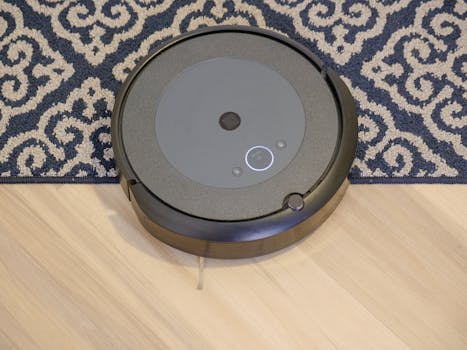Smart Homes and Smart Living: The Technological Transformation of European Homes by 2025
Smart Homes and Smart Living is revolutionizing the way we live in our homes. The European housing market is undergoing a significant transformation with the integration of smart home technology, changing the way people live and interact with their homes. By 2025, it is estimated that over 50% of European homes will be equipped with smart home devices, making it an integral part of daily life.
Introduction to Smart Homes
A smart home is a residence that has been equipped with advanced technology to make the living space more comfortable, convenient, and secure. This technology includes devices such as thermostats, lights, security cameras, and home entertainment systems that can be controlled remotely using a smartphone or voice assistant. The idea behind smart homes is to create a seamless and automated living experience, where all the devices and systems work together in harmony.
Benefits of Smart Homes
The benefits of smart homes are numerous. They offer increased convenience, as all the devices can be controlled from a single interface. They also provide enhanced security, as smart security cameras and doorbells can alert homeowners to potential threats. Additionally, smart homes can help reduce energy consumption, as devices can be turned off remotely when not in use. Furthermore, smart homes can improve the overall quality of life, as they can be equipped with devices that monitor and improve air quality, lighting, and temperature.
Technological Transformation of European Homes
The technological transformation of European homes is being driven by several factors. One of the main drivers is the increasing demand for convenience and comfort. Homeowners are looking for ways to make their lives easier, and smart home technology is providing the solution. Another factor is the growing concern for energy efficiency and sustainability. Smart home devices can help reduce energy consumption, which is not only good for the environment but also saves homeowners money on their utility bills.
Future of Smart Homes in Europe
By 2025, the smart home market in Europe is expected to reach $30 billion. This growth will be driven by the increasing adoption of smart home devices, as well as the development of new technologies such as artificial intelligence and the Internet of Things (IoT). The future of smart homes in Europe will be shaped by several trends, including the integration of voice assistants, the use of blockchain technology for secure data transmission, and the development of smart home devices that can learn and adapt to the homeowner’s behavior.
Challenges and Limitations
While the benefits of smart homes are numerous, there are also several challenges and limitations to consider. One of the main challenges is the issue of data security and privacy. Smart home devices collect a vast amount of personal data, which can be vulnerable to hacking and cyber attacks. Another challenge is the compatibility of different devices and systems, which can make it difficult to integrate multiple smart home devices into a single network. Additionally, the high cost of smart home devices can be a barrier to adoption, particularly for low-income households.
Conclusion
In conclusion, the technological transformation of European homes is underway, and smart homes are becoming an integral part of daily life. The benefits of smart homes are numerous, and the market is expected to continue growing in the coming years. However, there are also several challenges and limitations to consider, including data security and privacy, compatibility, and cost. As the smart home market continues to evolve, it is essential to address these challenges and ensure that the benefits of smart homes are accessible to everyone.





